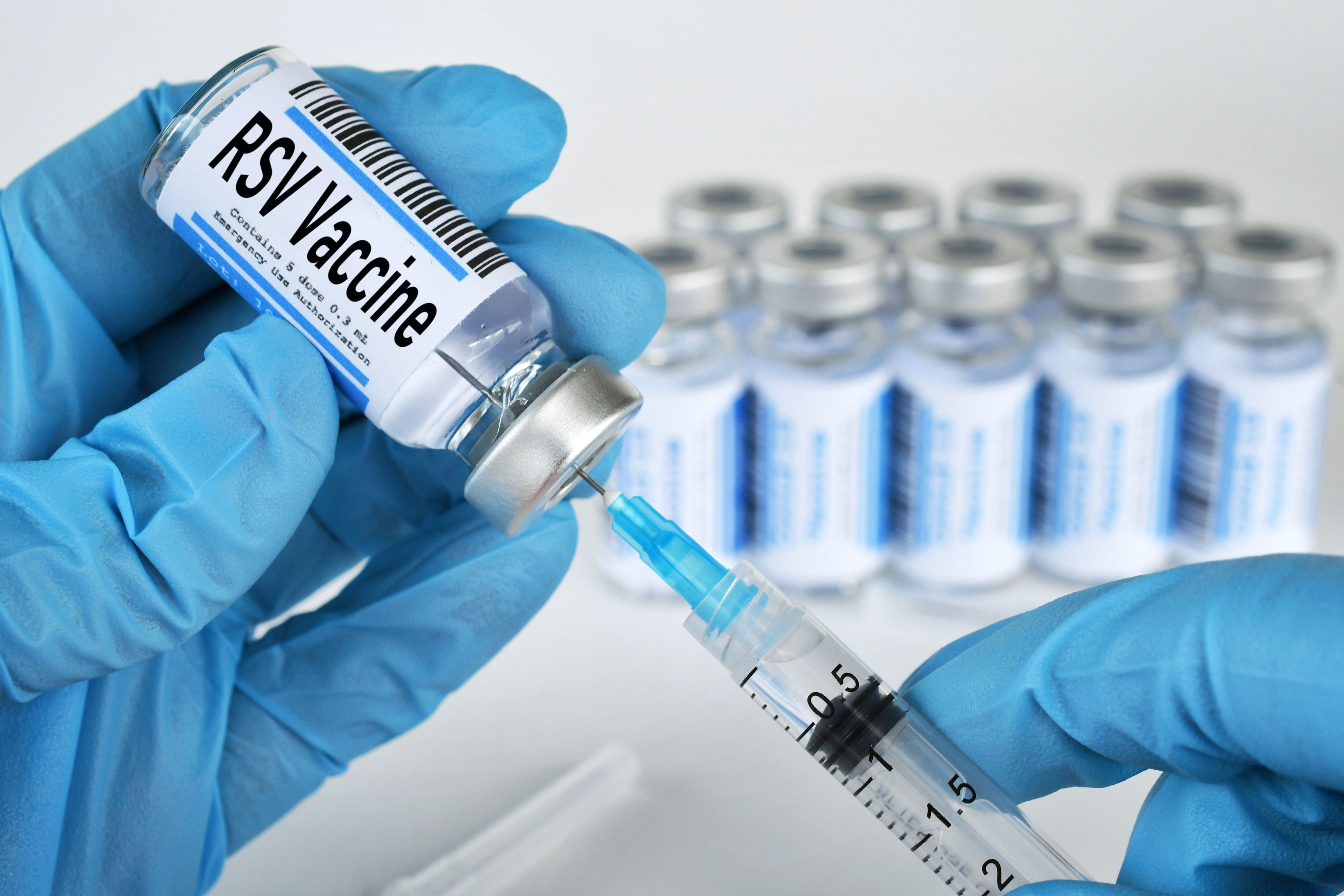RSV prevention strategies show high uptake, positive outcomes
Study findings underscore the effectiveness of a dual approach to RSV prevention.
RSV prevention strategies show high uptake and positive outcomes | Image Credit: © MargJohnsonVA - © MargJohnsonVA - stock.adobe.com.

A new study published in JAMA Network Open found that 64.0% of eligible pregnant individuals received the RSVpreF vaccine (Abrysvo; Pfizer), while 70.1% of eligible neonates received nirsevimab (Beyfortus; Sanofi and AstraZeneca) before hospital discharge, resulting in overall respiratory syncytial virus (RSV) protection exceeding 80% during most months of the study period. The research highlights the real-world adoption of these interventions and the factors influencing their uptake among pregnant individuals and their infants.1
Background
Respiratory syncytial virus (RSV) remains a leading cause of infant hospitalizations in the United States, contributing to thousands of admissions annually.2 RSV is a significant public health concern, particularly for infants younger than 6 months, who are at the highest risk for severe lower respiratory tract infections.3 In 2023, the FDA approved 2 RSV prevention methods: the RSVpreF vaccine for pregnant individuals at 32 to 36 weeks’ gestation and nirsevimab for neonates at risk of RSV infection.1,2
The RSVpreF vaccine induces passive immunity by transferring protective antibodies to the fetus, while nirsevimab, a monoclonal antibody, directly provides passive immunity to neonates, covering an entire RSV season with a single dose.2
"Understanding the uptake of RSV prevention strategies during their initial implementation period is essential to inform clinical and public health decision-making," stated the investigative team, who aimed to assess the early uptake of these interventions among a cohort of pregnant individuals and their infants.1
Study Details and Results
The retrospective cohort study included 647 pregnant individuals eligible for RSVpreF vaccination between October 2023 and January 2024, along with their neonates eligible for nirsevimab administration. The findings showed that 64.0% of eligible pregnant individuals received RSVpreF, and 70.1% of eligible neonates received nirsevimab prior to hospital discharge. Overall RSV protection exceeded 80% during most months of the study period.1
Several factors were associated with higher RSVpreF vaccine uptake, including advanced maternal age (adjusted odds ratio [AOR], 1.09; P < .01), private insurance (AOR, 2.19; P < .01), and receipt of other vaccines such as COVID-19 and influenza. Conversely, non-English language preference and Black race were associated with lower RSVpreF uptake (AOR, 0.30; P < .01).1
The study also found that nirsevimab uptake remained high among infants even when maternal RSVpreF vaccination rates were lower. Specifically, 40.4% of infants whose mothers declined RSVpreF and standard prenatal vaccines still received nirsevimab.1
Prior research from Kaiser Permanente Northern California (KPNC) similarly found that 77.5% of infants born during the 2023-2024 RSV season received protection from either RSVpreF or nirsevimab.2
Implications for Clinical Practice
The findings underscore the effectiveness of a dual approach to RSV prevention. Notably, despite concerns about RSVpreF’s association with preterm birth in clinical trials, this study found no significant link between RSVpreF vaccination and preterm birth rates (AOR, 1.03; P = .89).1 These results align with previous research indicating the safety of RSVpreF when administered between 32 and 36 weeks’ gestation.3
Furthermore, the study suggests that increasing access to maternal vaccination could further enhance RSV protection. According to the study authors, "Efforts to improve maternal RSV vaccine uptake should focus on addressing disparities in access and education, particularly among historically underserved populations".3 Prior studies have demonstrated that vaccine uptake is often lower among younger and minority populations, indicating a need for targeted outreach to improve maternal immunization rates.2
Conclusion
The widespread uptake of RSVpreF and nirsevimab in this study reinforces the value of dual RSV prevention strategies in reducing neonatal RSV infections.1 Continued monitoring of real-world implementation and additional research into barriers to vaccine access will be critical in optimizing these interventions for broader populations.2
References:
- Blauvelt CA, Zeme M, Natarajan A, et al. Respiratory Syncytial Virus Vaccine and Nirsevimab Uptake Among Pregnant People and Their Neonates. JAMA Netwk Open. 2025;8(2):e2460735. doi:10.1001/jamane2rkopen.2024.60735.
- Fitch J. Study: Nearly 80% of infants received RSV protection with nirsevimab or maternal vaccine during 2023-2024 season. Contemporary Pediatrics. Jan. 8, 2025. Accessed February 20, 2025. https://www.contemporarypediatrics.com/view/study-nearly-80-of-infants-born-in-2023-24-rsv-season-received-rsv-protection
- Fitch J. The evolution of RSV disease prevention in infants. Contemporary Pediatrics. October 22, 2024. Accessed February 20, 2025. https://www.contemporarypediatrics.com/view/the-evolution-of-rsv-disease-prevention-in-infants
The Role of the Healthcare Provider Community in Increasing Public Awareness of RSV in All Infants
April 2nd 2022Scott Kober sits down with Dr. Joseph Domachowske, Professor of Pediatrics, Professor of Microbiology and Immunology, and Director of the Global Maternal-Child and Pediatric Health Program at the SUNY Upstate Medical University.